
The Role of Temperature in Shaping Succulent Colors

Introduction
Succulents are fascinating plants that have captivated the hearts of gardeners and plant enthusiasts alike. Their unique ability to store water in their leaves, stems, and roots allows them to thrive in arid environments, making them popular in both indoor and outdoor gardens across the globe. One of the most captivating features of succulents is their coloration, which ranges from vibrant greens to deep purples, fiery reds, and everything in between. The colors of succulents are not just aesthetically pleasing; they serve vital functions in the plant’s survival.
In this article, we will explore the intricate relationship between temperature and the coloration of succulents. We will discuss how temperature influences pigment production, the significance of color changes, and the adaptability of succulents in response to varying environmental conditions. By the end of this article, you will gain a deeper understanding of how temperature shapes not only the beauty but also the fate of these resilient plants.
The Science Behind Pigmentation in Succulents
Succulents produce their pigments through various biochemical processes, which are largely dependent on environmental conditions. The primary pigments involved in the coloration of these plants are chlorophyll, the green pigment vital for photosynthesis, and other pigments like anthocyanins, carotenoids, and betalains. Each pigment plays a different role in the plant's lifecycle and influences how it appears in terms of color.
Chlorophyll: The Foundation of Green
Chlorophyll is the most abundant pigment in plants and is essential for capturing sunlight for photosynthesis. It allows plants to convert light energy into chemical energy, which they use for growth. In succulents, chlorophyll not only gives them their green color but also plays a crucial role in their resilience to heat. When temperatures rise, chlorophyll production often increases to maximize photosynthesis, but this does not happen without consequences.
As temperatures fluctuate, succulents may experience stress, particularly when the heat becomes extreme. Under such stress, the plant may produce less chlorophyll as a defense mechanism, allowing other pigments to dominate. The green tones break down, revealing vibrant shades of pink, purple, and red, which are primarily due to the increased production of anthocyanins. Thus, chlorophyll acts as the baseline for the succulent’s color palette, but its decrease in hot conditions leads to a vibrant transformation.
Anthropogenic Influence on Temperature
With climate change affecting global temperatures, succulents are increasingly exposed to temperature extremes, impacting their natural pigmentation processes. Research has shown that rising temperatures can disrupt the balance of pigments, pushing succulents to produce more protective pigments like anthocyanins, which not only provide color but also offer a shield against harmful UV radiation. As gardeners or plant caretakers, it becomes essential to understand how this influence can reshape our expectations of succulent appearance and health.
Furthermore, temperature stress doesn't just mean increasing heat; fluctuations—sudden increases followed by drastic drops—can also affect the color of succulents. During transitional seasons, many succulents display a range of colors as they prepare for temperature changes, contributing to an ever-shifting visual experience in gardens and landscapes.
 How to Create a Color-Themed Succulent Party Favors
How to Create a Color-Themed Succulent Party FavorsTemperature Zones and Color Variability
Different species of succulents naturally occur in various temperature zones, influencing their color responses. For instance, succulents originating from arid deserts tend to exhibit richer and deeper colors during warmer months as a protective adaptation to the intense sun. On the other hand, those from cooler climates maintain a more subdued color palette. The variations in temperature and precipitation patterns directly influence pigment synthesis, leading to a wide variety of appearances based on geographic origin.
In areas where temperatures fluctuate significantly throughout the year, succulents engage in a survival mechanism known as thermotolerance. During periods of stress, certain succulents may transition into hues of red, purple, or blue. This change not only serves as a visual spectacle but also results in reduced leaf temperature, helping to mitigate the heat load during scorching months. Observing these dynamic changes can provide fascinating insights into how succulents are shaped by their environments.
The Role of Environmental Factors
While temperature is a significant factor in determining succulent coloration, it does not act in isolation. Other environmental factors such as light exposure, humidity, and water availability also play vital roles in influencing pigmentation in succulents.
Light Exposure: The Catalyst of Color
Sunlight can markedly affect the color of succulents. When exposed to more intense light, many succulents will produce pigments in response to UV stress, often resulting in brighter hues. However, insufficient light can lead to overly green, leggy plants, as chlorophyll production dominates when plants struggle to absorb adequate sunlight. This interplay between light and temperature creates a delicate balance.
In optimal conditions with intense light and higher temperatures, the plants will often reveal striking colors like red edges or sunburnt tips as a natural protective response. Terms like sun stress describe this phenomenon, where increased light and temperature allow for the enhancement of succulent colors, demonstrating how succulents adapt to their surroundings.
Humidity and Water Availability
The humidity levels and water availability* in a succulent’s environment can profoundly influence its color as well. Succulents are equipped to store water; however, limited water supply can lead them to produce protective pigments to not only shade their leaves but also limit water loss. When under-watered, succulents may adopt deeper shades, emphasizing certain hues, particularly purples and reds.
In contrast, succulents growing in high-humidity conditions or receiving ample water may present a more pastel appearance, where vibrant colors may be subdued. It is the delicate balance between water availability and temperature that sustains colorful growth in these unique plants, emphasizing how succulents are robust yet sensitive to their environment.
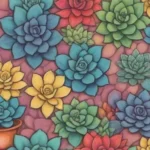 Exploring Multi-Colored Succulent Hybrids: A Must-See Collection
Exploring Multi-Colored Succulent Hybrids: A Must-See CollectionConclusion

Understanding the role of temperature in shaping the colors of succulents reveals the complex relationships these plants maintain with their environments. From the biochemical processes governing pigmentation to the influence of additional factors such as light and humidity, it is evident that temperature is one significant player in this intricate dance of nature.
As climate change continues to alter global temperatures, the resilience and adaptability of succulents become even more critical to their survival and the aesthetics of our gardens. By embracing the changing palette of succulents, we can appreciate not only their beauty but also their remarkable ability to thrive in a dynamic environment.
For gardeners and plant enthusiasts, being aware of these factors can aid in sourcing and caring for succulents that will flourish in your specific climate. Whichever hues you prefer, knowing that temperature plays such a vital role in shaping these colors makes the gardening experience all the more fulfilling. As temperatures rise or fall, let us observe and appreciate the vibrant displays and stunning transformations of succulents as they respond to nature’s whims, continually reshaping our perception of these resilient plants.
If you want to read more articles similar to The Role of Temperature in Shaping Succulent Colors, you can visit the Color Variations category.

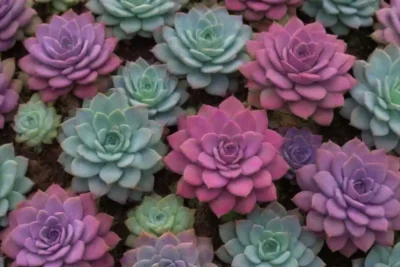
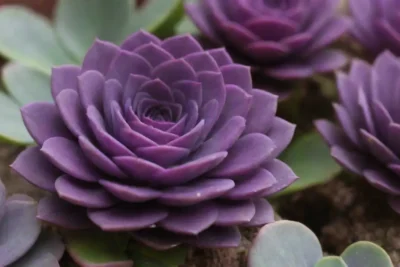

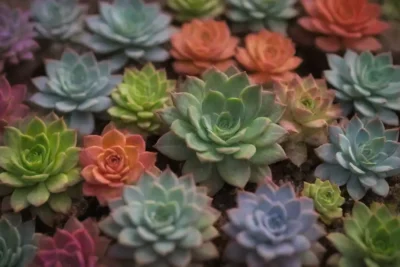
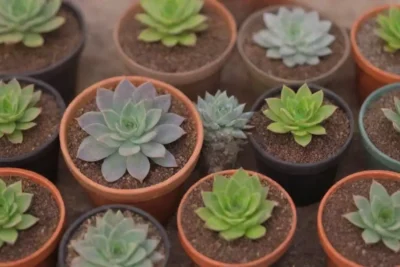
You Must Read